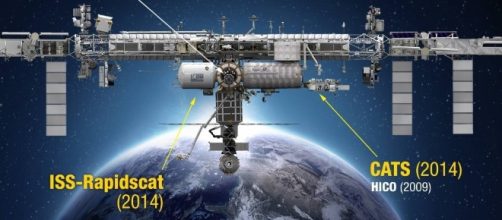Most people are vaguely aware that the International Space Station is an orbiting laboratory designed to do science research in low Earth orbit. However, the vast majority of individuals would not be able to name one experiment being run on the ISS or to define what sort of benefit it will have on humans back on Earth. ZME Science recently offered some help along those lines by publishing an article about microgravity protein crystals.
Many modern drugs try to affect human proteins in certain ways to treat or cure a disease. However, proteins are so vanishingly small that they cannot be imaged in a microscope.
Researchers have to crystalize them so that their structure can be analyzed as well as their interaction with individual compounds. This process is a crucial step in designing new drugs to fight ailments such as cancer and cardiovascular disease.
It turns out that when crystalized under microgravity, the proteins have fewer imperfections than they have when grown under Earth’s gravity. Using this property, astronaut researchers have been growing protein crystals and studying them since the space shuttle era. Two Protein Crystal experiments are running currently on the ISS that should aid in drug design.
One experiment, called LMM Biophysics 1, is an attempt to ascertain why protein crystals grown in space are purer and have fewer imperfections than those grown on Earth.
A number of theories exist to explain this phenomenon. If the process can be better understood, perhaps it can be replicated on Earth, speeding up drug development.
The other experiment, called LMM Biophysics 3, will delve into which proteins benefit the most from being grown in microgravity. Decades of research in space has proven that some proteins have a significant amount of difference between being grown on Earth and in space while some show little to no difference.
Finding out which crystals benefit the most from being grown in space and why will also be useful.
No one science experiment will ever prove to be the “silver bullet” that will justify the $50 billion to $100 billion expense of building and maintaining the ISS during its operational life. A lot of science is hard to define to a layperson, especially skeptical politicians, a problem during the space station wars that flared in Congress during the 1980s and 1990s. But history demonstrates that the cumulative benefit of space research will more than outweigh its cost.

